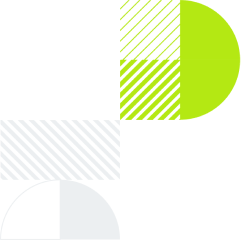Next generation computer vision
Computer Vision is a game changer when it comes to identifying, processing and reacting to objects in images and video in a fraction of the time it takes humans to.
The outputs of which can be used to solve critical business challenges from supply chain to transportation to early detection of health changes.




Harness valuable insights from millions of images with computer vision
We all live in a digital world where billions of data and visual images are created daily.
Until recently we did not have the vast computer power needed to harness the useful insights that visual data like images and videos may contain which could be used to improve how we live, work and protect the world around us.
What we do
Deeper Insights work with you to understand the business outcomes you want from visual data and then explore the most appropriate approach and models to use to achieve it. Computer Vision as a subset of AI and Deep Learning means looking at a combination of tools to achieve the result you are looking for.

How computer vision is impacting industries

Medical imaging processing with computer vision
Computer Vision is growing in use within healthcare and life sciences industries where automating healthcare tasks such as detecting objects on scans and identifying anomalies or visual differences could make a difference to a patient's early diagnosis and potential outcome.
Improving the consumer buying experience with computer vision
Automating specific tasks such as detecting low stock, virtual changing room in-store apps, automating check outs or removing the checkout process altogether are all being enabled by Computer Vision and Deep Learning.


Facial recognition and biometrics with computer vision
Computer Vision is changing the way we identify and authenticate ourselves and other people, paying for goods and services, and being protected from potential risks.
Safety and security at home, in school, at work or on the move
Automating motion capture and detecting movement from vehicles, objects and pedestrians enables traffic to be diverted or slowed.
Securing entry to buildings and monitoring movements around offices, schools and university campuses.

Contact us to start your AI journey today

A deeply trusted, expert partner
It's never been done before and will change the category."
Smith & Nephew
GSMA













